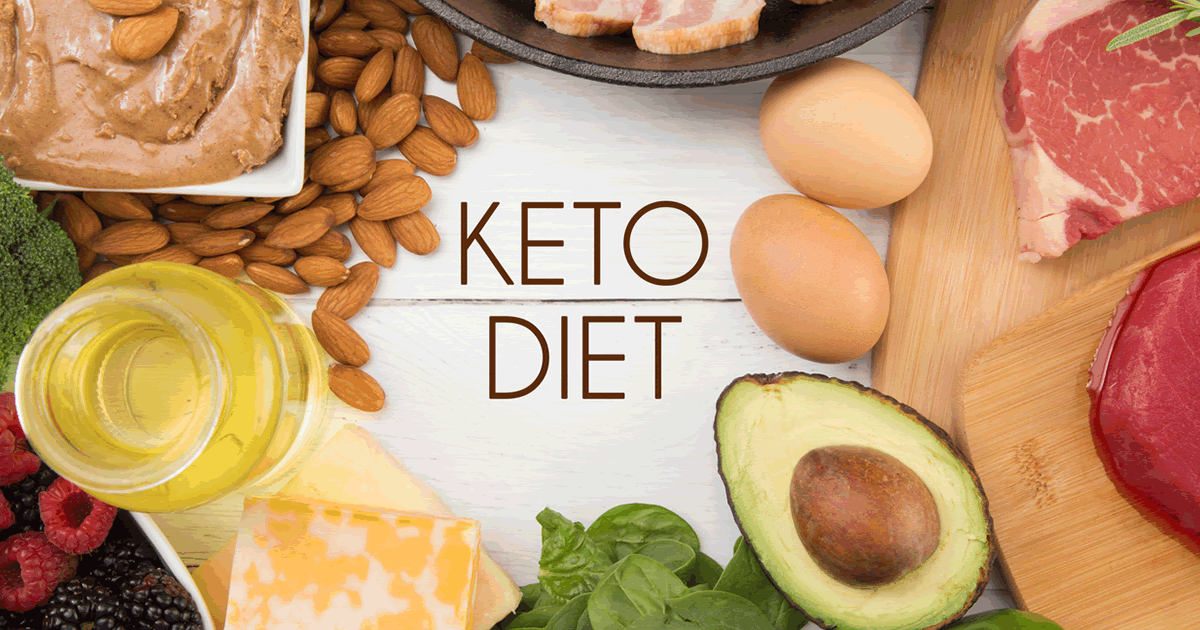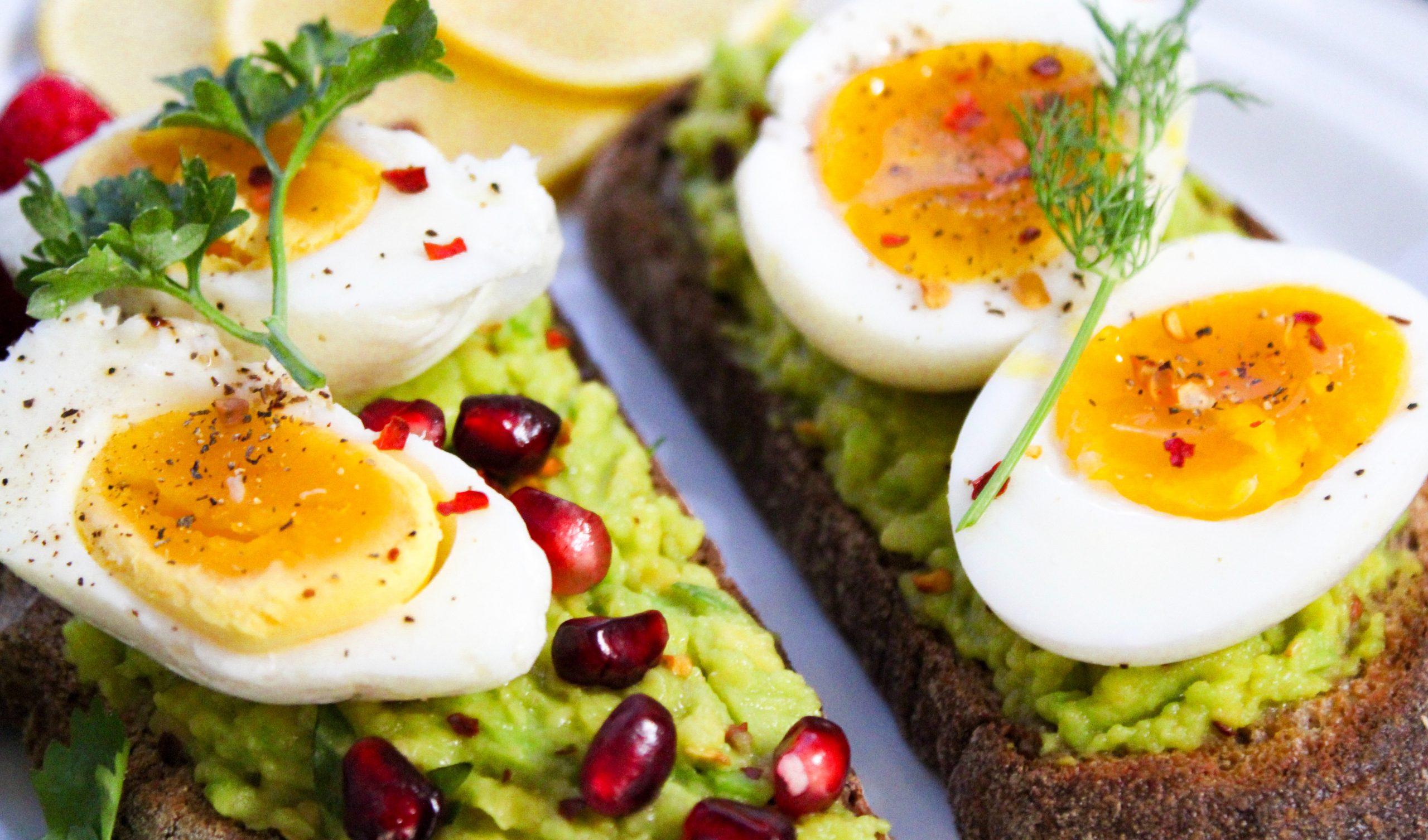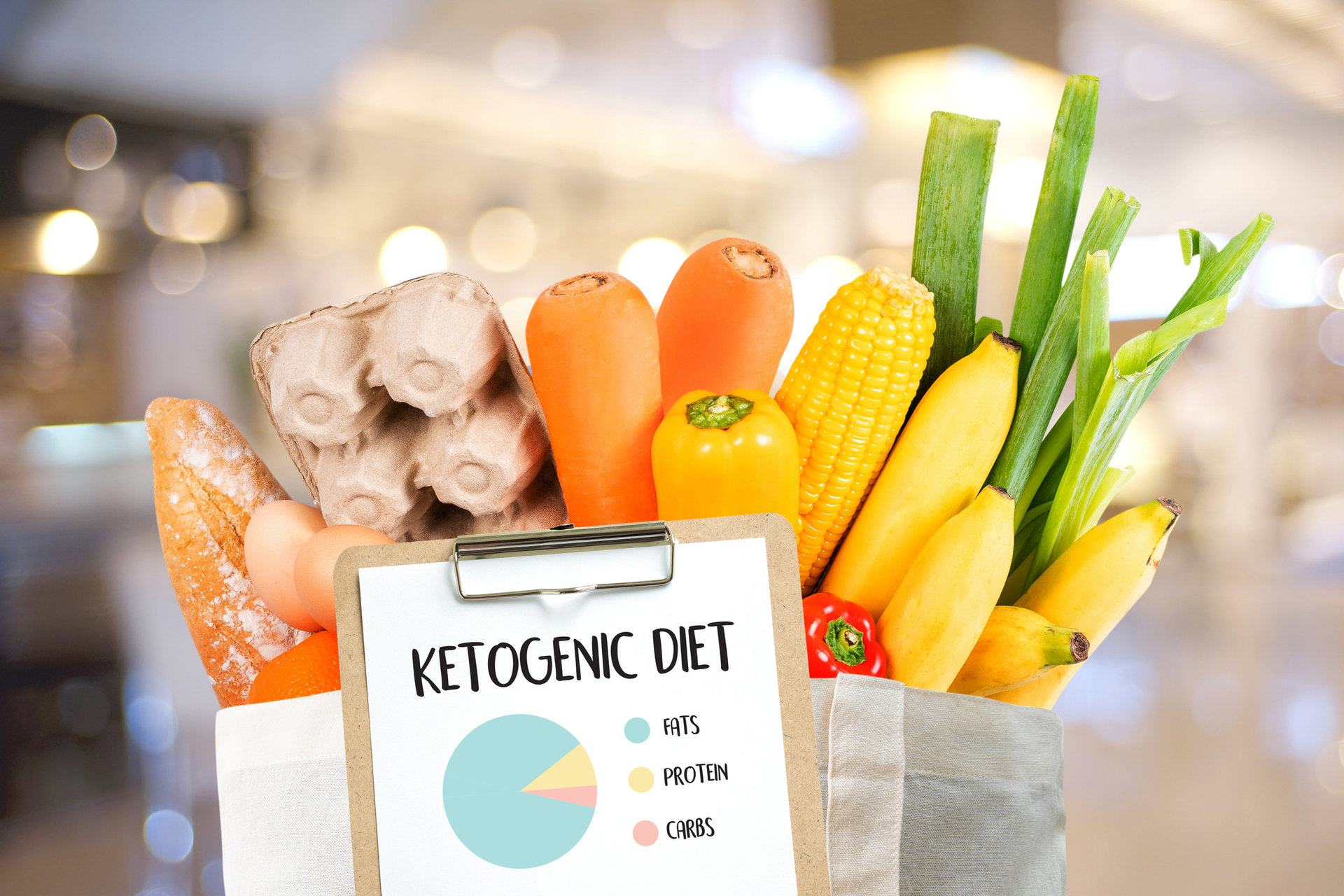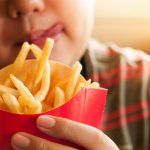
The ketogenic diet is now the most commonly used word among the health and fitness community.
Known as a low-carb, high-fat diet, the keto diet shares many similarities with the Atkins and low-carb diets.
It works by drastically reducing carbohydrate intake and replacing it with fat. This reduction in carbs puts your body into a metabolic state of ketosis, making it incredibly efficient at burning fat for energy. It also turns fat into ketones in the liver, which can supply energy for the brain.
The keto diet is also known to offer many health benefits against health conditions such as diabetes, cancer, epilepsy and Alzheimer’s disease due to the massive reductions in blood sugar and insulin levels.
Studies by health experts have also revealed that the keto diet can help one to lose weight as well.
Types of Keto Diet
There are several versions of the keto diet, which includes:
Standard ketogenic diet (SKD)
A very low-carb, moderate-protein and high-fat diet, this variation contains 75% fat, 20% protein and only 5% carbs.
Cyclical ketogenic diet (CKD)
This variation of the keto diet involves periods of higher-carb refeeds. For example, you can do 5 ketogenic days followed by 2 high-carb days.
Targeted ketogenic diet (TKD)
This keto diet variation allows you to consume carbs around your workout days.
High-protein ketogenic diet
Similar to the standard ketogenic diet, the only difference with this is that it includes more protein. The ratio that’s commonly adopted is 60% fat, 35% protein and 5% carbs.
Do note, however, that only the standard and high-protein keto diets have been studied extensively. The cyclical or targeted keto diets are more advanced methods that are usually used by bodybuilders and athletes.
Read also: 7 Easy Exercises That Busy Mums Can Do At Home
Can the keto diet help you to lose weight?

The keto diet is said to be an effective way to lose weight and it lowers the risk factors for a variety of health conditions as well.
As the diet helps to fill you up, this allows you to lose weight without the need to count calories.
One study found that people on a keto diet lost up to 2 times more weight than those on a calorie-restricted low-fat diet. The triglyceride and HDL levels of the subjects also improved when they were put on a keto diet.
One of the key reasons why a keto diet seems to work better than other low-fat diets is due to the high protein intake. This provides numerous health benefits such as increased energy which helps to keep hunger pangs away while keeping fat levels low.
Foods to Avoid on the Keto Diet
The rules of the keto is simple as ever – any food that is high in carbs should be kept away or taken in limited amounts.
Here’s a list of foods that you should reduce or work on eliminating while on a keto diet:
- Sugary foods (Soda, fruit juices, smoothies, came, ice cream)
- Grains and starches (Wheat-based products, rice, pasta, cereal)
- Fruit (All fruits except small portions of berries such as strawberries)
- Beans and legumes (Peas, kidney beans, lentils, chickpeas)
- Root vegetables (Potatoes, sweet potatoes, carrots)
- Low-fat or diet products (Because these are highly processed and contains carbs)
- Some condiments and sauces (Certain types contain sugar and unhealthy fat)
- Unhealthy fats (Processed vegetable oils, mayo)
- Alcohol (With the high carb content, alcoholic beverages can throw you out of ketosis)
- Sugar-free foods (These contain sugar alcohols, which can affect ketone levels)
Food You Can Eat While on the Keto Diet
To plan your keto meals, you can add these food options:
- Meat (Red meat, steak, ham, sausage, bacon, chicken)
- Fatty fish (Salmon, trout, tuna and mackerel)
- Eggs (Go for pasteurized or omega-3 whole eggs)
- Butter and cream (Opt for grass-fed if possible)
- Cheese (Which includes unprocessed cheese such as cheddar, goat, cream, blue and mozzarella)
- Nuts and seeds (Almonds, walnuts, flaxseeds, pumpkin seeds, chia seeds)
- Healthy oils (Extra virgin olive oil, coconut oil, avocado oil)
- Avocados (Lots of them!)
- Low-carb veggies (Most leafy greens, tomatoes, onions, capsicums)
- Condiments (Salt, pepper and a variety of healthy herbs and spices such as oregano and parsley)
Side Effects

The keto diet is generally safe for most healthy individuals, but some people may experience initial side effects.
This is a phase of your body adapting to the diet and is often referred to as the keto flu. Lasting over a few days, the symptoms of the keto flu includes poor energy and mental function, increased hunger, sleep issues, nausea, digestive discomfort and poor exercise performance.
To soften the effects, you can start off with a regular low-carb diet for the first few weeks. This will “teach” your body to burn more fat before you completely eliminate carbs from your system.
Going on a keto diet can also alter the water and mineral balance of your body, so do try to add extra salt to your meals or supplement with mineral vitamins.
During the initial phase, make it a point to eat until you feel full and avoid restricting the number of calories consumed. A ketogenic diet leads to weight loss anyway without the need to restrict calories.
Is the Keto Diet for Everyone?
The keto diet can be a great option for healthy eating for those who are overweight, diabetic or looking to improve their metabolic health.
However, do note that it may not be suitable for seasoned athletes or those who wish to add large amounts of muscle or weight.
As with any type of diet, consistency is key and it is important that you stick with the meal plan in the long run.
Read also: Should You Go on a Juice Cleanse at Home? Here’s Everything You Need to Know






















